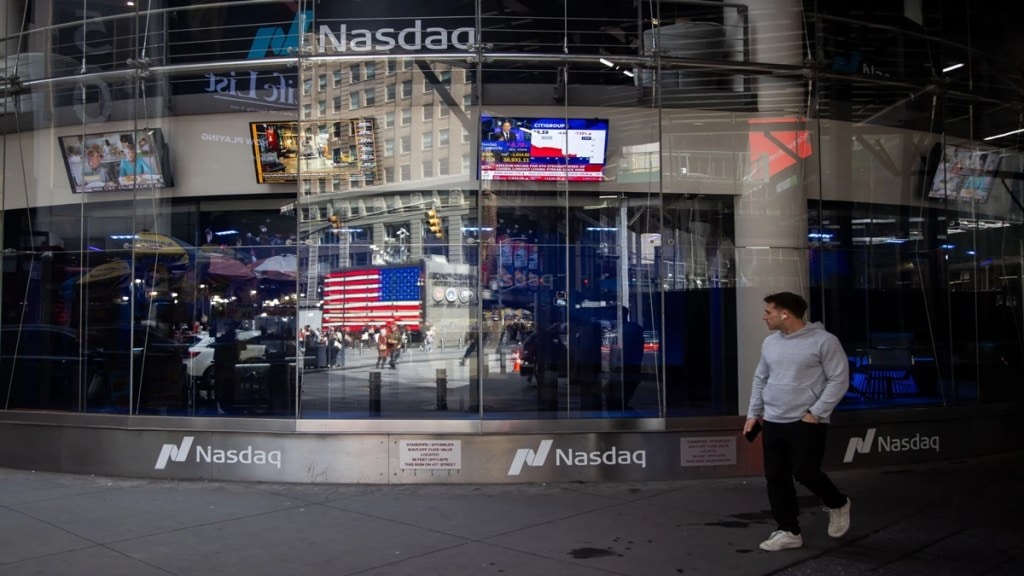The ETF that tracks the Nasdaq 100, the tech-heavy index, has hit an all-time high. On June 26, the Invesco QQQ ETF closed at $546.22 at the end of the trading session. QQQ ETF is up by 15% over the one year, by over 71% in the last 3 years, and by 129% in the last 5 years.
For those looking to invest in them and other Nasdaq stocks in a single investment, the Invesco QQQ Trust (QQQ) is the fund to buy. Technology stocks constitute 57.23% while Consumer Discretionary stocks make up 19.66% in the portfolio of QQQ.
Most top tech companies, such as Nvidia, Tesla, Microsoft, Meta (Facebook), Amazon, Apple, Netflix, and Alphabet (Google), are part of the Nasdaq 100 index. “While it’s tempting to chase individual winners like Nvidia or Amazon, most portfolios benefit from broader, risk-adjusted exposure. That’s where exchange-traded funds (ETFs) come in—and among them, Invesco QQQ stands out,” says Subho Moulik, Founder & CEO, Appreciate.
The Invesco QQQ Trust (QQQ) and the Nasdaq 100 are both up nearly 5.8% YTD and 12.5% over the last 1-year.
Invesco QQQ is listed on the Nasdaq stock exchange and is a low-cost option for investing in the Nasdaq index’s bucket of stocks. Launched on March 10, 1999, the Total Expense Ratio of QQQ is 0.20% with a market value of $344.75B.
Exchange-traded funds (ETFs) are a type of mutual fund that tracks a specific index and can only be purchased and sold on the stock exchange during trading hours.
The fortunes of QQQ are heavily influenced by the success of the technology sector, particularly the heavyweights that account for the majority of the index. With AI taking the lead in 2025, stocks in the Artificial Intelligence sector will shape the direction of QQQ this year and beyond.
“At first glance, QQQ may seem like a basic tech fund—it tracks the Nasdaq-100 after all. But it’s quietly become a smart way to invest in the AI revolution. Why? Because many of the index’s heavyweights—Microsoft (8.84% exposure), Nvidia (8.76%), Apple (7.26%), Amazon (5.48%), and Alphabet (Class A shares: 2.36%)—are also the leaders of this technological arms race,” adds Moulik.
